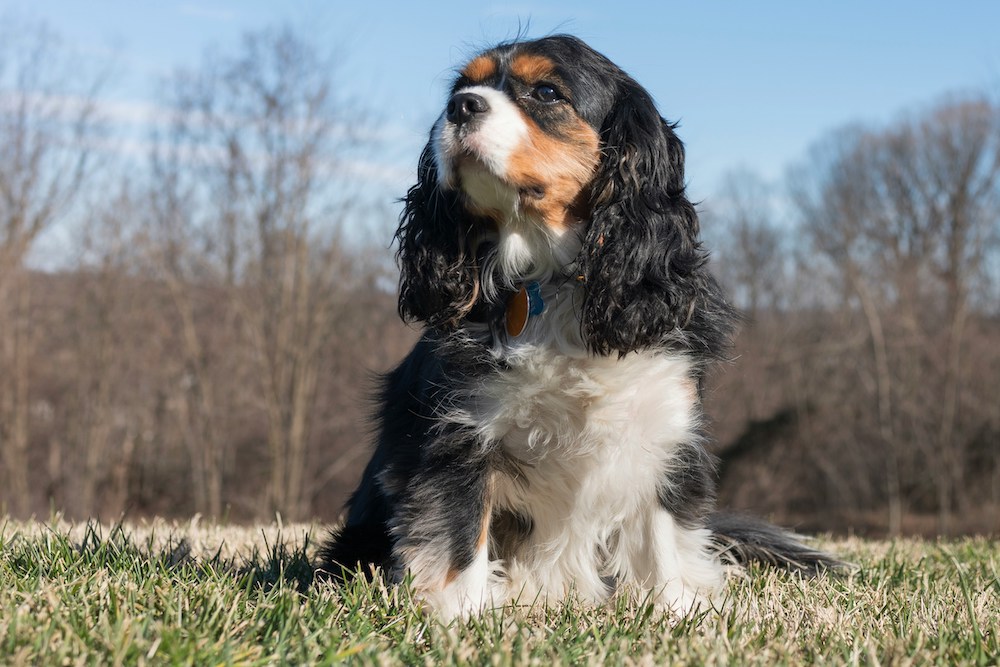The practice of docking (amputating) working dog’s tails is not uncommon, but is it a good idea? As a canine osteopath with 12 years of experience, in this article I will explain why I think it’s an unnecessary, and potentially cruel practice.
What is dog tail docking?
Tail docking is the practice of removing about 80 percent of the dog’s tail when it is 3-5 days old. Some say it doesn’t really hurt because the nervous system is not yet well developed but others would argue the opposite. The practice of tail docking is only legally done by a veterinarian and only to working breeds. This means that many breeds are still able to have a legal docking.
Why is it done?
In working spaniel dogs the tail is sometimes removed because spaniels flush birds out of dense brambly undergrowth, sometimes without any regard to their own wellbeing! I have heard of tails shredded and cut in the brambles and inevitably the poor dog wags a bloodied tail and ends up covered in blood. In other dog breeds the removal for more aesthetic reasons is now against the law.

Why a dog needs its tail
There are many reasons why a dog needs its tail. These break down into musculoskeletal reasons and psychological / social reasons:
Musculoskeletal reasons
Tails help to balance the dog when running fast and changing directions. A tail is a tapering column of flexible joints, connected with ligaments and surrounded by muscles then skin and well supplied with nerves. All parts of the dog have a purpose and function for the dog and none more so than a tail.
When the tail is docked the rectococcygeus muscle is cut. This muscle supports the anal canal and rectum and lifts the tail when the dog has a bowel motion. Breeds with very short tails such as Boxers have a predisposition to perineal hernia and female breeds may suffer from more urinary incontinence because the bladder has a close relationship to the rectum. Dogs with docked tails may suffer from hyperalgesia after being cut, which can last for the dog’s life.
No tail means no strong wagging of the hind end of the dog. Tail wagging promotes flexibility throughout the whole spine and the supporting muscles and tendons, and a strong flexible spine is essential for limb and joint function.
Psychological and social reasons
A dog’s tail is a very important tool of expression. It signals to other dogs how they are feeling, which helps with social interactions and prevents dog fights. Dogs need to be understood by other dogs. There are other forms of canine expression, but from a distance the tail is the quickest, easiest and probably the most understood. A dog with a docked tail probably still tries to signal with it but is not understood by the other dog.
Do they suffer from phantom limb syndrome as described by amputees? We don’t know. The result might be a poorly understood dog who gets in trouble with other dogs and doesn’t understand why, so ends up not enjoying social interactions with other dogs. This is a terrible shame as dogs are all really social animals. It’s also stressful for dog owners who can’t relax when other dogs are around.
What problems can occur in dogs with docked tails?
- Loss of proper balance in movements
- Weakness in rectococcygeus muscle potentially leading to anal hernias and reduced rectal and bladder function
- Reduced flexibility in the whole spinal column which may lead to limb and joint problems
- Loss of social expression with other dogs
- Social isolation and lack of canine friendships and positive experiences with other dogs
- Possible phantom limb syndrome
- Pain from hyperalgesia in the tail region which may last for life
Conclusion
If every puppy in a working dog litter has their tails docked, how many of those dogs are likely to become fully trained working dogs who work in brambly undergrowth? Very few in truth. A large number of dogs are condemned to a life with no tail for the supposed benefit of the very few. I believe that the very few working dogs that make it and have issues with their tails should be offered a little first aid for tail cuts instead.

